When it comes to personal hygiene, cats top the list. You may need to attempt an occasional bath, but it’s rare. The majority of the time, our felines handle the grooming process on their own. They’re fastidious! Glance over at any given moment, and you’ll probably see your kitty putting their fur in place. But you also cope with hairballs. And then there’s the problem of vacuuming up shed hair. Good thing cat brushes are around to cut down on both of those issues! But with so many different types, which are the right cat brushes for you? We’ll walk you through each type and help you decide.
Cat Hair
Whether they have short hair, long hair, or even NO hair, cats engage in self-grooming. Anywhere from 15%-50% of their day gets eaten up, keeping their hair (or skin, as the case may be) in perfect place.
Why so long? Well, there are three layers to cat hair:
- Undercoat: At the bottom and lying against the skin, you have the densest hair.
- Awn Hair: Next in line is your cat’s insulation. This hair is coarse, and the tips are dark.
- Guard Hair: The outer layer is the protective layer. It determines your cat’s coat color.
Every cat’s different in the thickness and amount of hair they have in each layer. (For instance, the Manx’s awn hairs stretch OUTSIDE of the guard hairs) And with an estimated FORTY MILLION hairs, it takes a lot of work for your cat to keep everything neat and tidy. Which is where cat brushes – and you – come in.
Cat Grooming
No one’s going to argue that cats aren’t accomplished at keeping themselves immaculate. However, that’s A LOT of territory. And as they groom, they ingest excess hair. This results in hairballs – which end up on YOUR floor (usually placed where you’re guaranteed to step on them).
For long-haired cats, mats often appear. The dense hairs in the undercoat twist together. Your cat’s unique tongue may be fantastic at removing loose hairs, but it can’t cope with a tangle. And when mats grow, they pull on the skin, getting more and more painful.
As our kitties age, they start to develop arthritis. This makes it difficult for them to reach their entire body in their self-grooming sessions. That means mats, excess oil build-up, and a dull finish to their coats.
If you step in with a cat brush to help with regular grooming, you’ll cut down on all of those problems. You’ll also leave your feline looking sleek and shiny – something they’re sure to approve of!
Types of Cat Brushes
Step into the cat grooming aisle at the pet store, and you’ll find shelves and shelves of cat brushes. They come in every shape, size, and material. And each brush serves a different purpose. Depending on your cat’s age and needs, you may find yourself picking up more than one cat brush – which is okay! Once you know the purpose of each one, it’ll make the shopping easier.
- Bristle Brush: As you might guess, this brush has hair bristles. It’s a finishing brush designed to add a final polish to your cat’s coat.
- Comb: If your cat has severe tangles, combs help you gently tease them loose. They’re NOT soft, and if your cat hates brushing, they’re best left on the shelf.
- De-Shedders: When you need to tackle the undercoat, de-shedding cat brushes are the tools for the job. They scoop out mats from that deep layer.
- Glove: Gloves have rubber bristles designed to massage your cat’s coat and gather the loose hairs.
- Pin Brush: Despite the name, these brushes have wires tipped in plastic. They’re great at catching loose hair.
- Silicone Brush: If your cat hates wire brushes, the soft silicone nubs make a nice alternative. They pick up loose hair and provide a nice massage.
- Slicker Brush: You’ll see thin wire teeth on slicker cat brushes. They look intimidating, but they’re actually gentle.
Using Cat Brushes
Ideally, you should break out the cat brush once or twice a week. Frequency depends on your cat’s hair coat, how often they shed, and their age. (Longer hair and older cats need more frequent brushing)
If you’ve never brushed your cat before, you’ll want to take things slow. It’ll keep your kitty happy, and it’ll make your job easier down the road.
- Pick a time when your cat is calm. Mealtime and playtime AREN’T good choices.
- Let them sniff and examine the brush. Having treats on-hand for positive reinforcement is a good idea.
- BEFORE you start brushing, run your hands over your cat’s body. This will alert you to any potential problem areas (i.e., lumps, sore spots, OR mats).
- Start brushing WITH the fur. If you go “against the grain,” you’ll cause irritation. (You can try it with your hair – it’s not pleasant)
- Reward your cat with treats when you finish.
Cat Brushes and Mats
It comes as a surprise, but even short-haired cats develop matting. And trying to cope with tangles can get frustrating. This is why having the proper cat brushes in your arsenal is so important. They’ll help you – and your cat – through the detangling process.
Rule #1: NEVER reach for scissors! It’s much too easy to snip the skin in the process. With patience – and the proper cat de-shedding tool – you can tease that mat out.
If you encounter severe matting, it’s time to call in the professionals. Groomers can work to get the mat out. They’ll use the same cat brushes and combs, but they have years of experience working with mats. Admitting you need help is MUCH better than making a trip to the emergency room for a cut.
Best Cat Brushes
Once you and your cat get the hang of grooming sessions, you’ll probably find them leaning forward when you break out the cat brush. The bristles stimulate blood flow in the skin, provide a gentle massage, and pull those pesky loose hairs out. In short, they make felines feel GOOD. It also improves the health of their hair coat, which is something you’ll see right away. Your kitty will look shiny and fluffy. And your floors and furniture won’t collect as much shed hair. It’s a combination you can’t beat!
Best De-Shedding Cat Brushes
Let’s face it – no one likes coping with cat hair tumbleweeds. Or hairballs. If you can cut down on even a TINY bit of that shed hair, you’ll jump at the chance. And if you have a senior cat or long-haired cat struggling with mats, you may feel frustrated. That’s where de-shedding cat brushes come in. They go into the undercoat to get that dense hair layer under control. And when you encounter a mat, they scoop UNDER it to pull it free. No scissors, no risk of cutting. Just have a trashcan handy for the piles of downy fluff you’re going to find yourself pulling out!
FURminator is often the first name people think of when it comes to de-shedding cat brushes. The stainless steel “blade” goes all the way down to the undercoat to pull up loose hair. Then you push the button to clear the blade. The non-slip ergonomic handle keeps you comfortable while you work, and it comes in two sizes. You also have the option of a short-haired or long-haired model, which means EVERY cat is getting help with this de-shedder.
Downsides? This cat brush is on the expensive side. And you have to pace yourself with its use. If you overdo it, you’ll actually remove TOO much fur from the undercoat. Also, not every cat is comfortable with the blade. Our cats started to hate it. When they hissed at the sight of it, we knew it was time to ditch it.
The Good
- Ergonomic, non-slip handle
- Stainless steel blade
- Button to clear blade
- 2 sizes
- Short-hair and long-hair version
The Bad
- Expensive
- Can remove too much hair
- Too harsh for some cats
When you need to get rid of a pesky mat, GoPets is the tool you turn to. Yes, it looks frightening, but it’s gentle on your cat’s fur. They ARE sharp blades, but they curve at the ends – 23 on one side and 12 on the other. Those curves let you get under a mat to gently tug it free without harming your cat’s skin. The gel handle is every bit as gentle on YOUR hand.
The downsides? You still need to pay more for this de-shedding cat brush. Also, this is NOT intended for short-haired cats. And while the gel grip is comfortable, cat hair sticks to it, which is annoying.
The Good
- Non-slip gel grip
- Curved de-matting blades
- Removes mats and de-sheds
The Bad
- Expensive
- Not for short-haired cats
- Hair sticks to gel grip
Similar in design to the FURminator, the Miu Color is an amazing FOUR INCHES wide. That gives you a much wider reach in your de-shedding cat brush. You still get a stainless steel “blade” to reach that undercoat, and the quick-release button helps you remove the gathered loose hairs. There’s also an ergonomic, non-slip grip to help you stay comfortable.
So what are the downsides? You’re going to see similar problems to the FURminator: the blade pulls an excessive amount of hair. It’s also uncomfortable for many cats – more so than other cat brushes with this design (possibly because of the size).
The Good
- Ergonomic non-slip grip
- Stainless steel blade
- Button to clear blade
The Bad
- Can remove too much hair
- Too harsh for some cats
It may look strange, but the SleekEZ de-shedding cat brush is one of the best tools out there. You get the same stainless steel blade you see in other de-shedding tools in a unique wave pattern. It gets loose hair, dirt, AND dander. As you brush, the loose hair falls away. The poplar handle is cut in an ergonomic design that keeps your hand comfortable. And they even offer a 30-day money-back guarantee!
Downsides? Unlike other de-shedders, this is a SHARP blade. This means you need to go easy, or you can end up A) pulling off too much hair or B) hurting your cat. Also, since there’s no collecting of the hair on the blade, it falls away – on the floor. You’ll probably want to have a trashcan or towel handy to contain the mess.
The Good
- Ergonomic poplar grip
- Stainless steel blade
- 30-day money-back guarantee
The Bad
- Can remove too much hair
- Too harsh for some cats
- Hair falls off the blade
Best Cat Gloves
Not every cat tolerates cat brushes. Some view them as toys (our youngest cat), and others pin their ears back and growl when you take one out of the drawer. You don’t have to throw in the towel and give up on slowing down the shed, though. With cat gloves, you’re petting your cat WHILE collecting those pesky loose hairs. Cat gloves have silicone bristles attached that provide the same massage to your cat’s skin while gathering shed hair in the process. And it feels like ordinary love and attention! They’re the perfect compromise.
Delomo’s cat gloves feature 255 silicone tips that gently collect loose hairs, dirt, and dander as you pet your cat. They’re made from breathable mesh (so YOUR hands won’t overheat during the grooming session), and there’s a Velcro strap at the wrist to adjust the fit. And, if you want, you can even double their duty and use them when you need to bathe your cat! They’re water-safe. So you can loosen that stubborn loose hair in the bath, too.
Downsides? These cat gloves only come in one size. You DO get the Velcro, but your fingers will float around inside if you have small hands. Hair may not always stick to the silicone, either, so you could end up with a fluff cyclone. And other times, people couldn’t get the hair OFF the glove. You may need to go through some adjustments to use these gloves instead of a cat brush.
The Good
- 255 silicone tips
- Breathable mesh
- Velcro strap on wrist
The Bad
- Only one size
- Hair may come off gloves during grooming
- Can get difficult to remove hair after grooming
If you’re looking for a better fit, then turn to HandsOn – they come in FIVE sizes, including Junior. Nitrile bristles cover the palm, getting longer as you go down the fingers. They’re made from strong nylon that moves with you – and is easy to clean (including the washing machine, if you choose). A Velcro strap at the wrist holds them in place as you work. And if you want to include them in a bathtime ritual, they’ll work there, too. If you really want, they also come in five different colors.
The downsides? They’re not as breathable as other cat gloves, so your hands may get warm with a lengthy grooming session. And if you don’t take proper care of them, the nitrile starts to crack.
The Good
- Nitrile bristles and nubs
- Nylon
- Velcro strap on wrist
- 5 sizes available
- 5 colors available
The Bad
- Not breathable
- Nitrile can crack
Best Silicone Cat Brushes
For short-haired cats, you may not need hefty de-shedding tools. That’s where silicone cat brushes come in. They have wide-set teeth that move through your cat’s hair, collecting all of the excess fur that might try to escape onto your couch or floor. At the same time, they encourage circulation under the skin, which promotes your cat’s health. It’s a soft, gentle approach to cat grooming. And plenty of cats love them, purring through the massage.
CeleMoon uses long silicone bristles to collect up to NINETY PERCENT of your kitty’s loose hair in a few casual passes. You’ll stare in amazement as the hair collects on the sturdy rubber teeth. You get a comfortable non-slip grip, too. And when it comes time to clean the hair way, a quick rinse under the faucet does the trick. It’s one of the most affordable silicone cat brushes out there.
Downsides? Despite the length of the bristles, you won’t loosen tangles with this cat brush. And trying to get the hair off without water is tricky. So you’re going to have to cope with wet cat hair in the sink (yuck). It’s also on the small side if you have large hands.
The Good
- Non-slip grip
- Silicone bristles collect 90% of loose hair
- Clears with running water
The Bad
- Doesn't detangle
- Difficult to clear when dry
- Small for people with large hands
Massage is the name of the game with Hertzko’s Pet Bath & Massage. The tiny nubs at the ends of the bristles go to work to make your cat feel like they’re in heaven. And while it’s designed for the bath, it works equally well on “dry land.” The silicone bristles go deep into your cat’s hair to loosen extra fur, as well as helping soap go down into the roots. You have rubberized tips on the handle, so you don’t end up chasing the cat brush all over the sink. And when you’re finished, simply rinse it under the faucet. If you’re not convinced, Hertzko offers a 100% satisfaction guarantee.
The downsides? This cat brush is HEAVY. That can take a toll on you and your cat after a while (though it DOES collect a lot of hair). And you’re faced with the same watery cleaning problems. Also, the design isn’t quite as gentle as other silicone cat brushes, so sensitive cats may disapprove.
The Good
- Non-slip grip
- Silicone bristles go down to the root of the hair
- Clears with running water
- 100% satisfaction guarantee
The Bad
- Doesn't detangle
- Heavy
- Too harsh for sensitive cats
If you have a cat with medium- or short-hair, then KONG has the perfect silicone cat brush for you. The entire brush remains flexible and easy to grip, so you and your cat stay comfortable throughout the grooming process. Hair sticks to the long rubber bristles without a problem, and they offer a nice tissue massage in the process. And you won’t have to break the bank to pay for one! We don’t use one for our cats, but we have the canine version for our Greyhound. She loves it, leaning into the brush and squinting her eyes shut happily.
So what are the downsides? It is tricky to get the hair OFF the brush (even short Greyhound hair). It’ll stick even under a running faucet at times. And thin, fine hair falls back out again, which leads to a fluffy mess. (Also, if you have a feisty kitty, they may try to chew on the cat brush. If we let down our guard, our dog tries to run off and chomp on her brush)
The Good
- Non-slip grip
- Silicone bristles
- Affordable
The Bad
- Doesn't detangle
- Difficult to clear hair
- Fine hair won't stay in bristles
Best Slicker Cat Brushes
When you want a cat brush that can handle shedding, mats AND provide a sleek finish, you’re thinking of slicker cat brushes. The long wires reach through your cat’s fur at different angles, allowing the best removal of loose hair, dirt, and dander. They have an intimidating appearance, but most cats tolerate them without a problem. If you notice sensitive spots, though, swap the slicker brush for a pin brush – the rubber tips soften the grooming process. And if you need to tackle a mat, those wires are the best at gently combing through tough tangles. These tools do everything – with one swipe!
Hertkzo makes several appearances on this list, and their Self-Cleaning Slicker Brush is a popular choice among cat owners. Rows of fine, angled wire bristles get through your cat’s hair to capture all of the loose hairs within a few quick strokes. When the cat brush is full, you press the handy button to retract the bristles, and the hair pops off in a handy bundle. The ergonomic handle and non-slip grip are also comfortable on your hand and wrist, allowing you to work from nose to tail without aches or soreness.
Downsides? Many people encountered problems with the button. Some needed to hold it down to use the brush (not user-friendly), while others struggled to get the bristles to pop back out once they retracted. Neither is ideal. And if you’re going to put this brush into daily use, keep an eye on it – it’s not the most durable cat brush out there.
The Good
- Ergonomic non-slip grip
- Retractable wire bristles
- Button to clear wires
The Bad
- Problems with button
- Not durable
You like the idea of a slicker brush, but your cat’s too sensitive for the wires. That’s where Hertzko’s Soft Cat Brush comes in. Instead of wire, you get plastic bristles, and all of them come with rounded tips. You’ll still get the same detangling and de-shedding capability in a more genteel tool. And YOU get a non-slip handle with a thumb rest, so your hand doesn’t want to fall off half-way through the brushing process.
The downsides? Plastic wires like to break. This isn’t a huge deal when they fall off as you’re cleaning off the hair, but when you’re working on a mat, and they wedge into the fur? It’s not ideal. Also, the tips WILL eventually come off through natural use, leaving you with a quasi-wire brush. And, unfortunately, people still found breakage with continual usage.
The Good
- Non-slip grip
- Tipped plastic bristles
The Bad
- Plastic bristles break
- Tips come off
- Not durable
Let’s say you want a little bit of everything from your cat brush. That’s where House of Paws comes in. On one side, you get a standard bristle brush of boar hair for adding that sleek finish to your cat’s coat. But on the flip side, you get a slicker brush composed of tipped plastic bristles (in fun colors, no less). You’ll have no problem teasing out tangles, gathering up loose hair, and providing a nice, soothing massage for your cat. And the bamboo handle is comfortable, no matter which way you hold it.
So what’s the downside? While this brush works nicely for finishing, some people didn’t see it picking up as much hair as other cat brushes. The plastic bristles just don’t seem to catch hold of loose hair very well. You may need to save it for that sleek polish after you use a different tool.
The Good
- Comfortable grip
- Boar hair bristles
- Tipped plastic bristles
The Bad
- Plastic bristles break
- Doesn't collect hair well
Safari is another slicker brush with a button to help you clear the hair as you groom. A whopping 288 stainless steel pins go to work on your cat’s fur, lifting away loose hair, dirt, dander, and even stubborn mats. Once it’s full, you press the button to retract all of the pins and dump the collected hair into the trash. The long ergonomic handle works for anyone, and it has a sturdy non-slip grip.
Downsides? While this works well on cats with long hair, it’s a little TOO strong for the short-haired set. And the wires are delicate, bending if you’re too overzealous in your grooming. Make sure you monitor your cat if they show signs of discomfort.
The Good
- Ergonomic non-slip grip
- 288 stainless steel wires
- Button to clear blade
The Bad
- Better for long-haired cats
- Wires bend
Ready for a Close-Up
Realistically, your cat has their hygiene handled. With a significant portion of their day devoted to grooming, they’re going to handle getting every hair into place. But if you want to cut down on the amount of shedding and hairballs, breaking out cat brushes now and then can go a long way. And it’s a great chance for the two of you to bond.
Besides, once your feline friend sees how fantastic they look, they’ll sit up every time you take that brush out of the drawer.

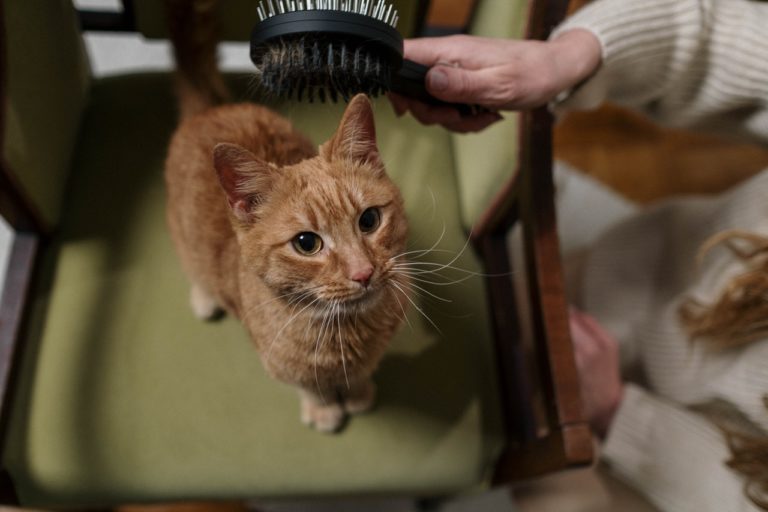
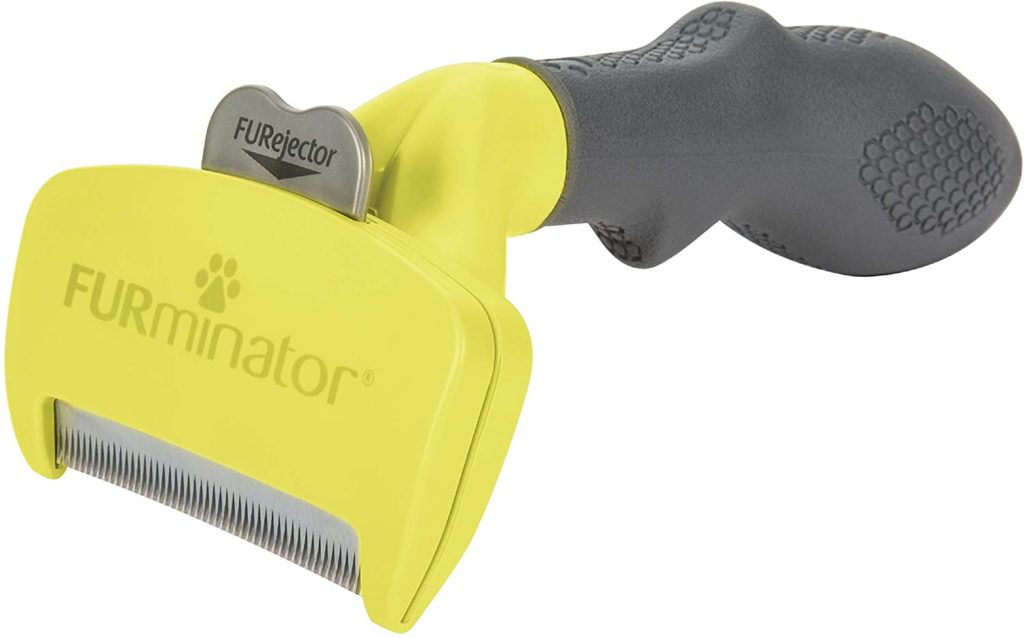
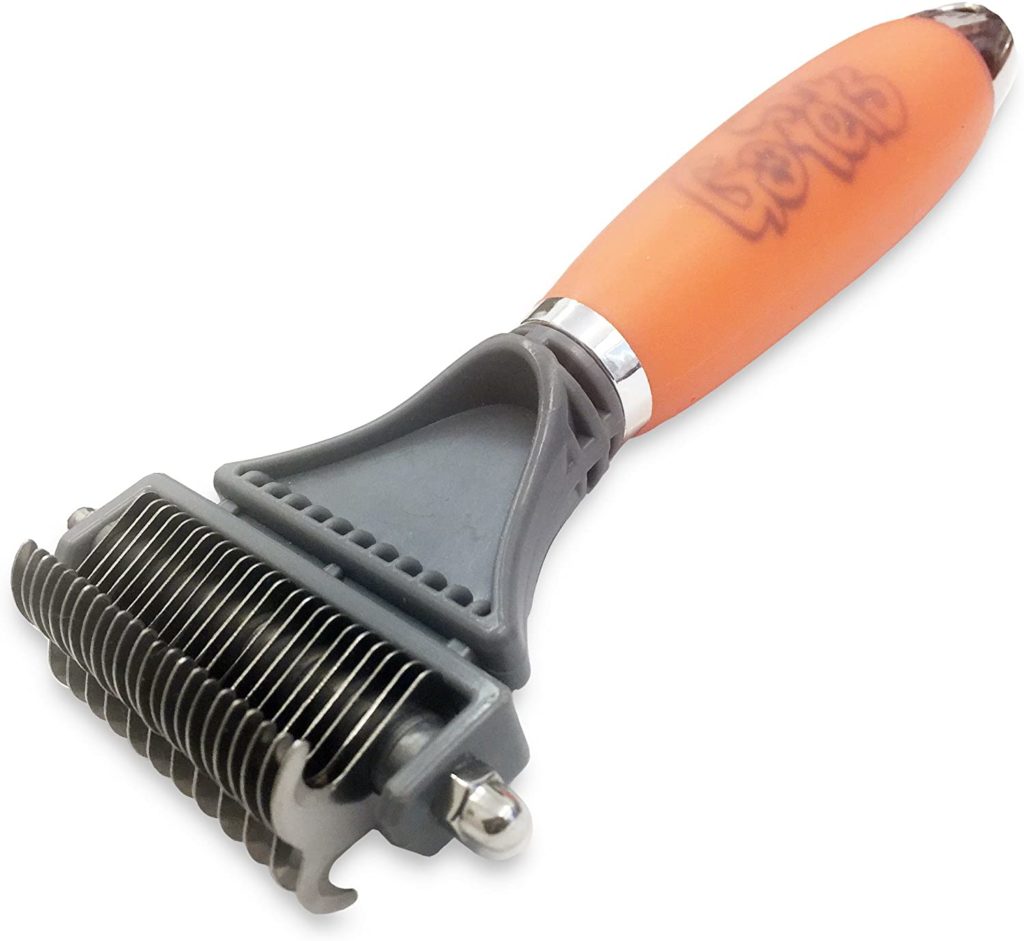
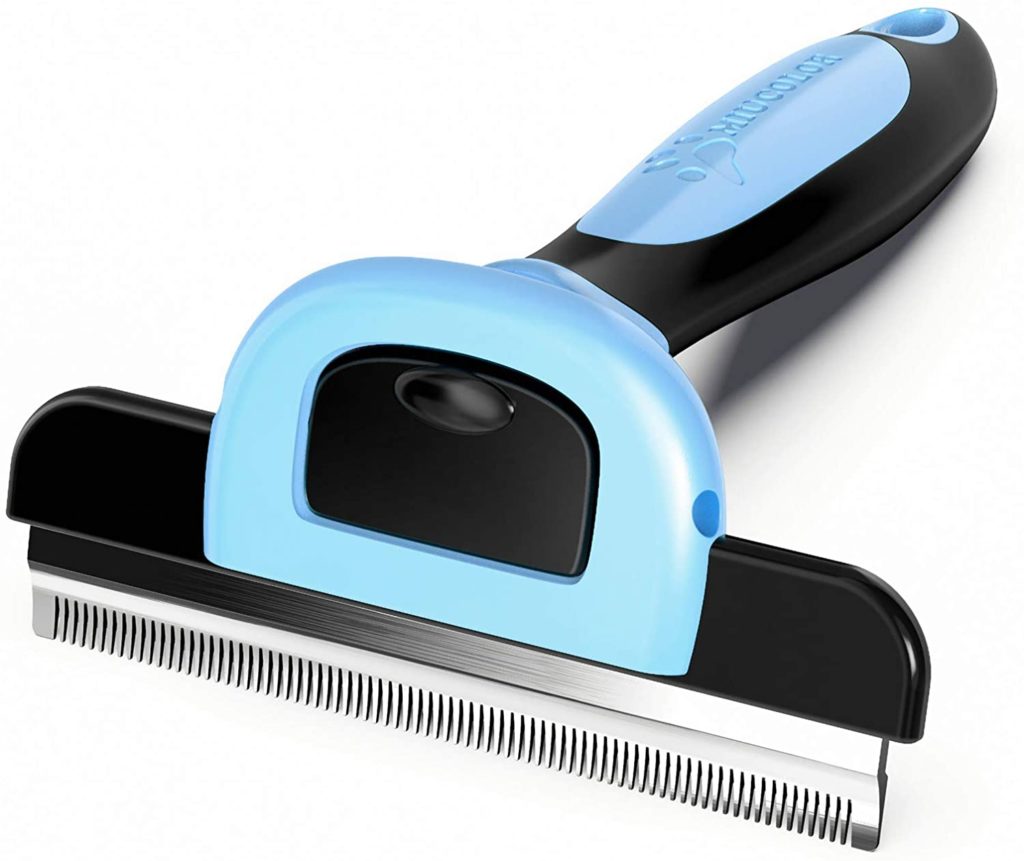
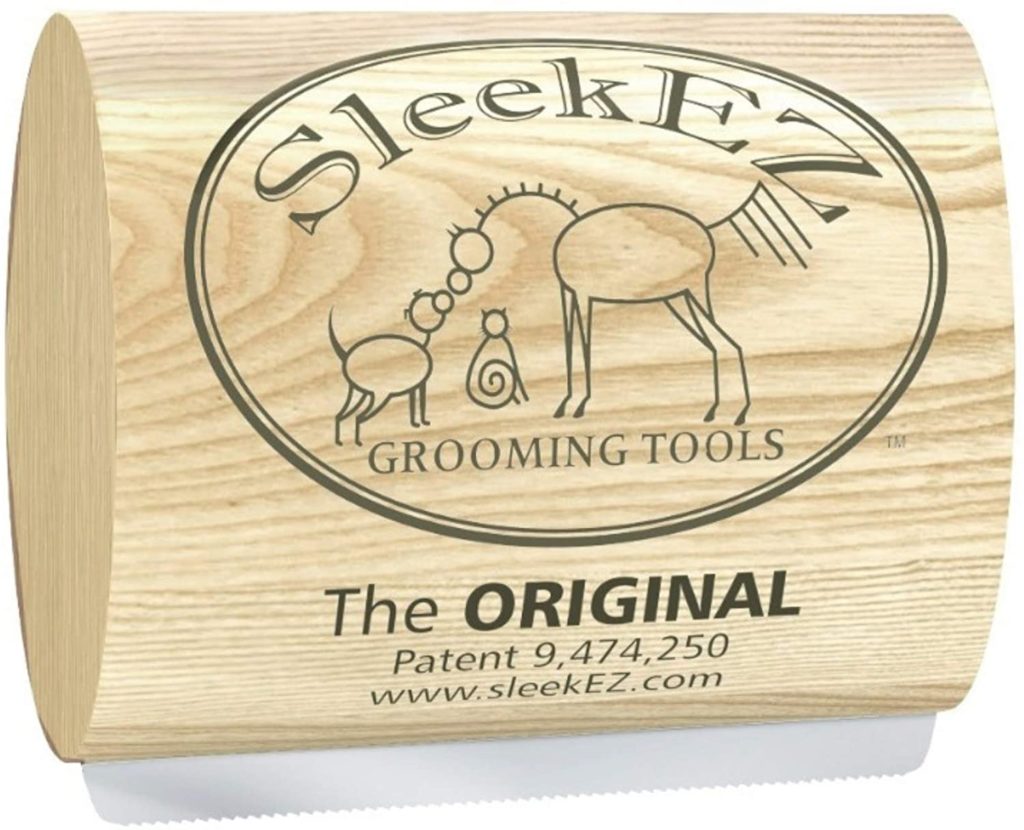
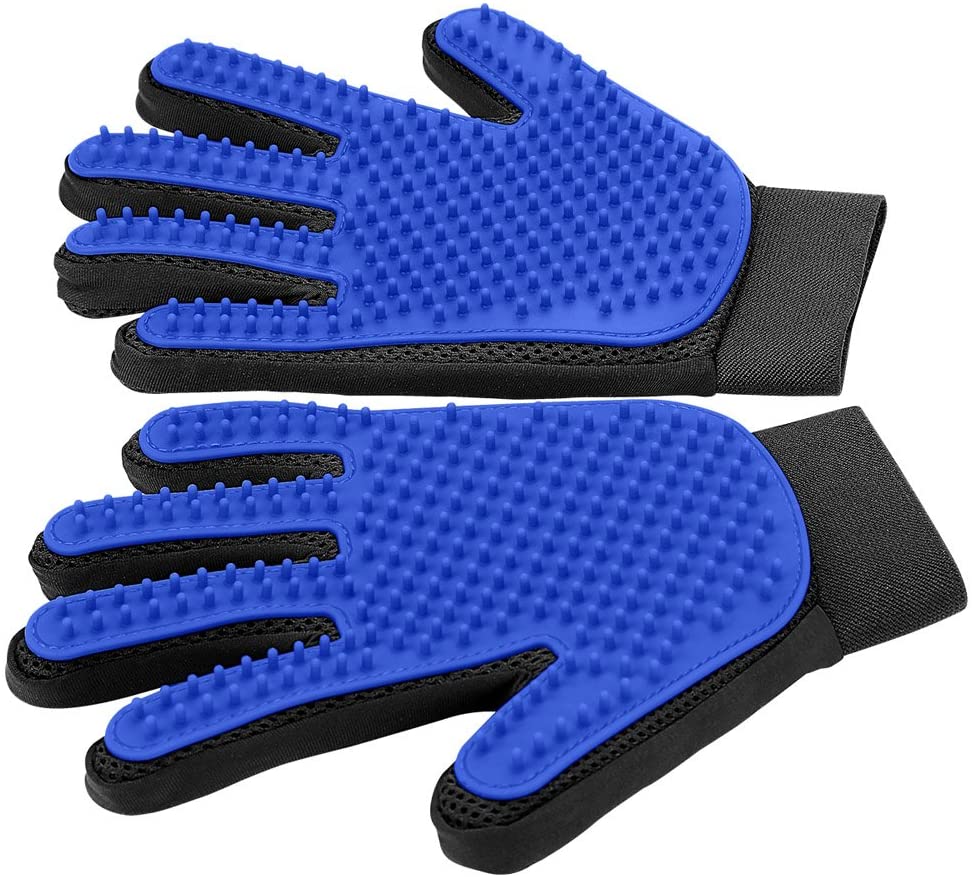
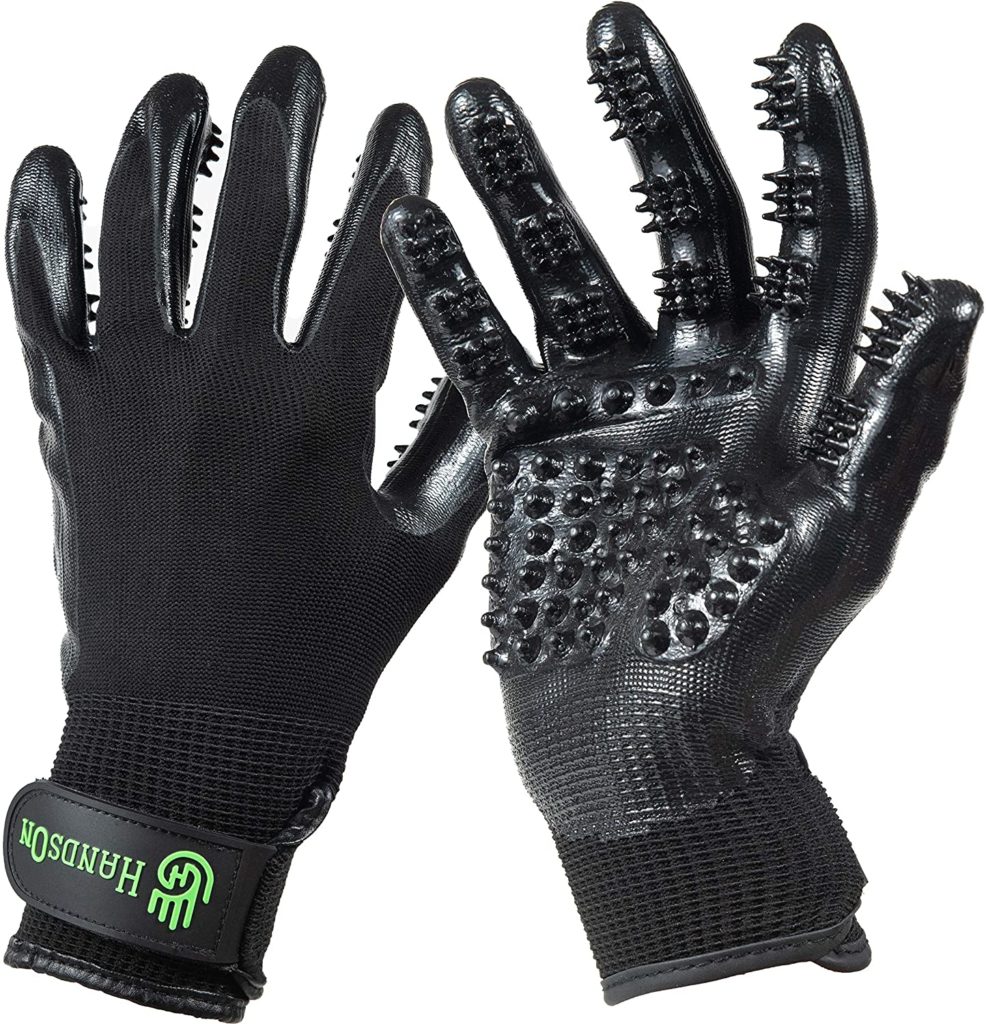
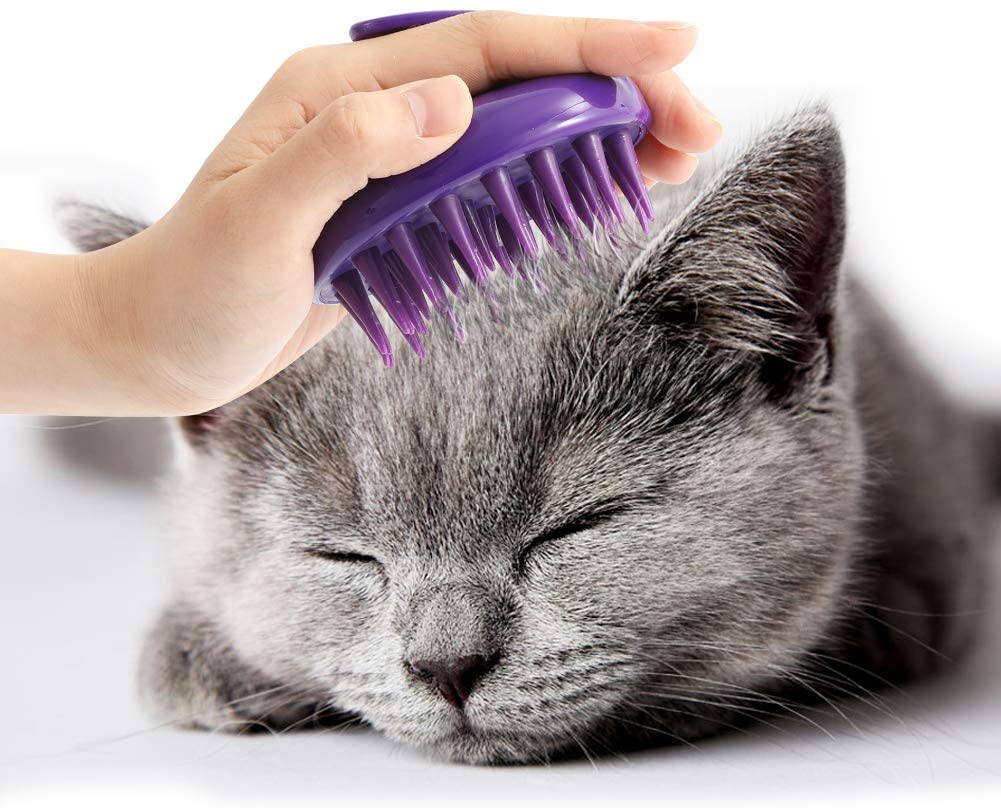
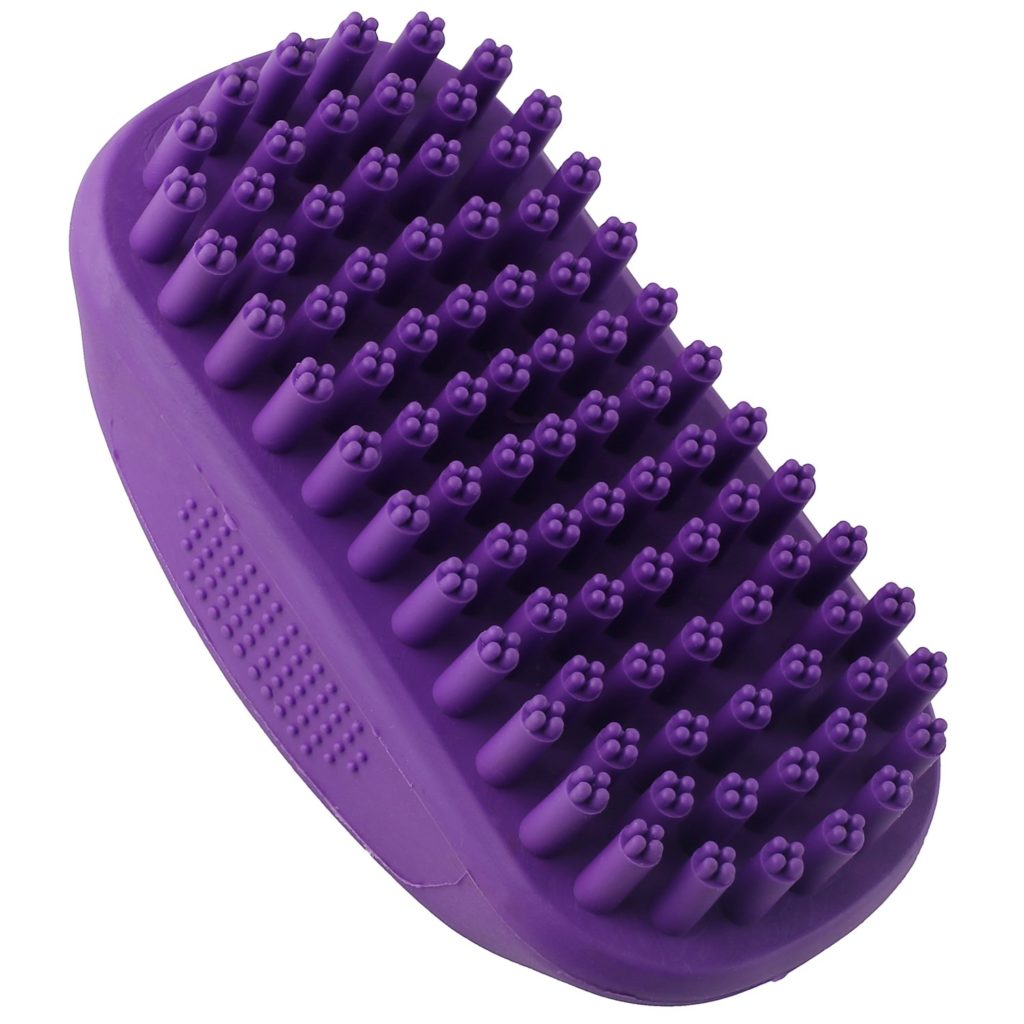
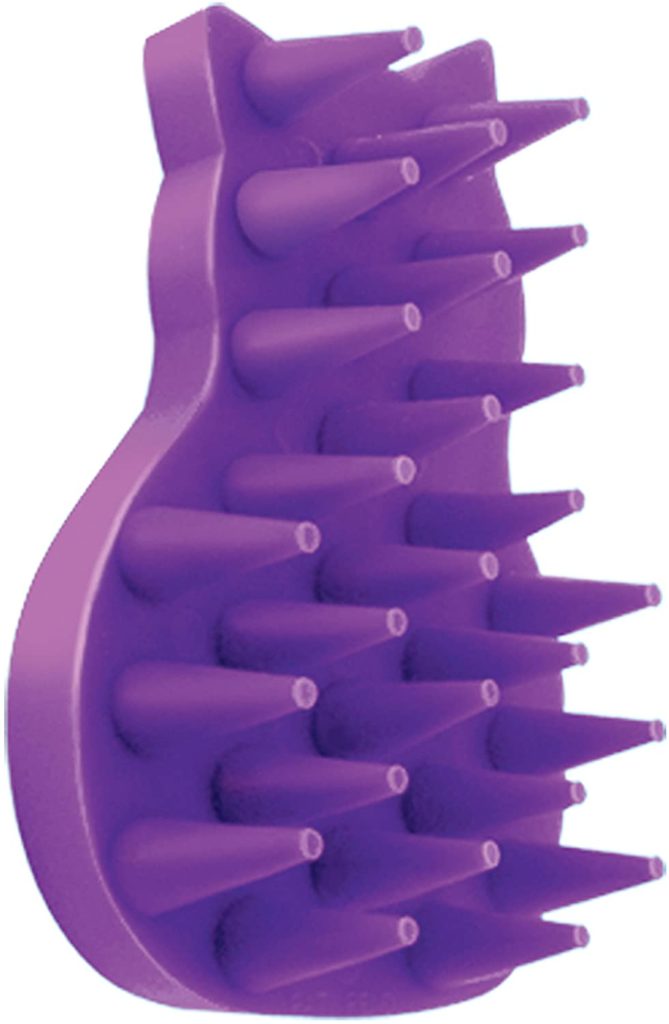
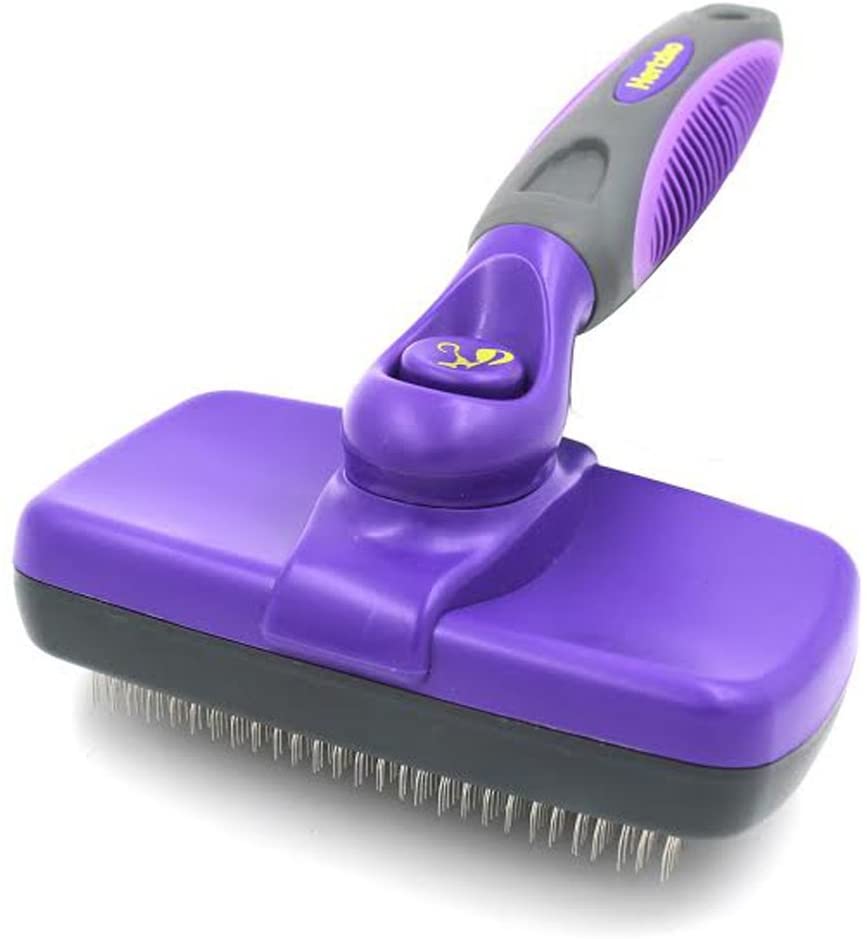
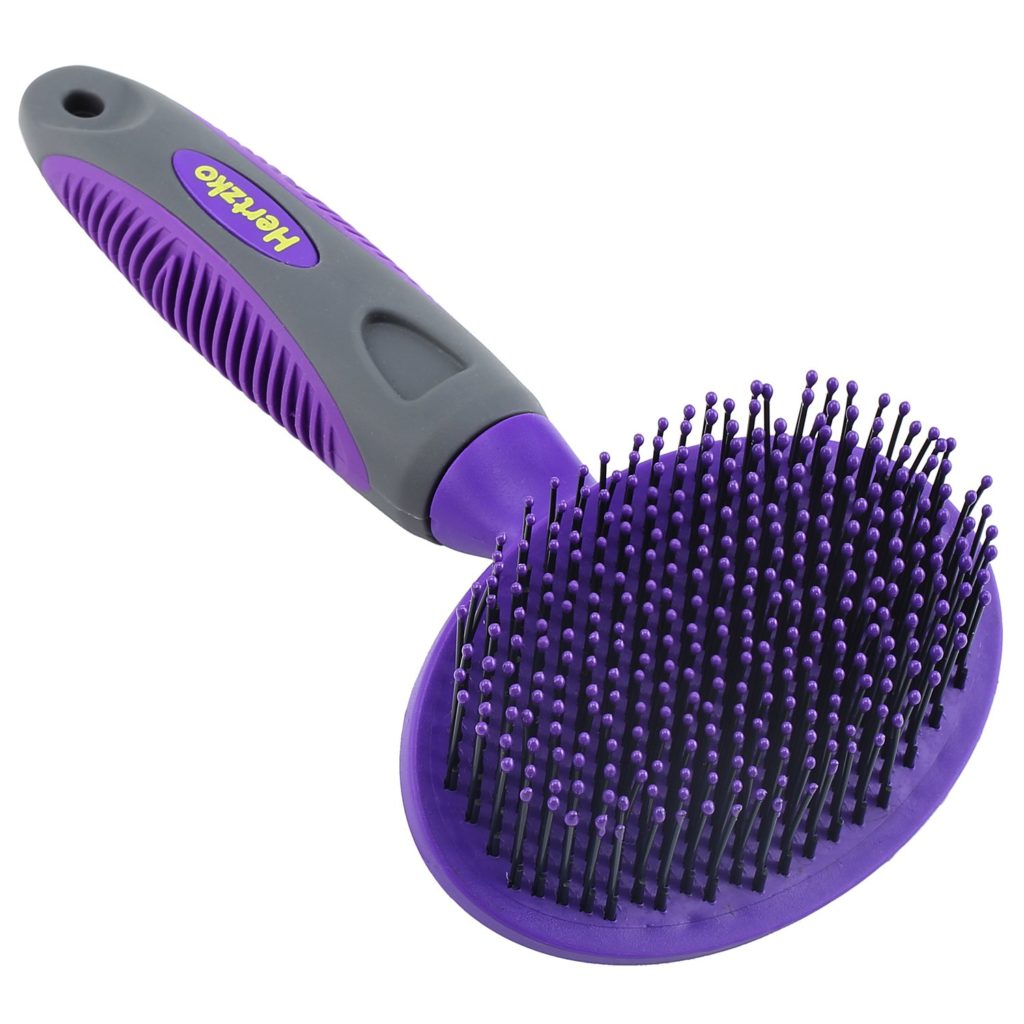
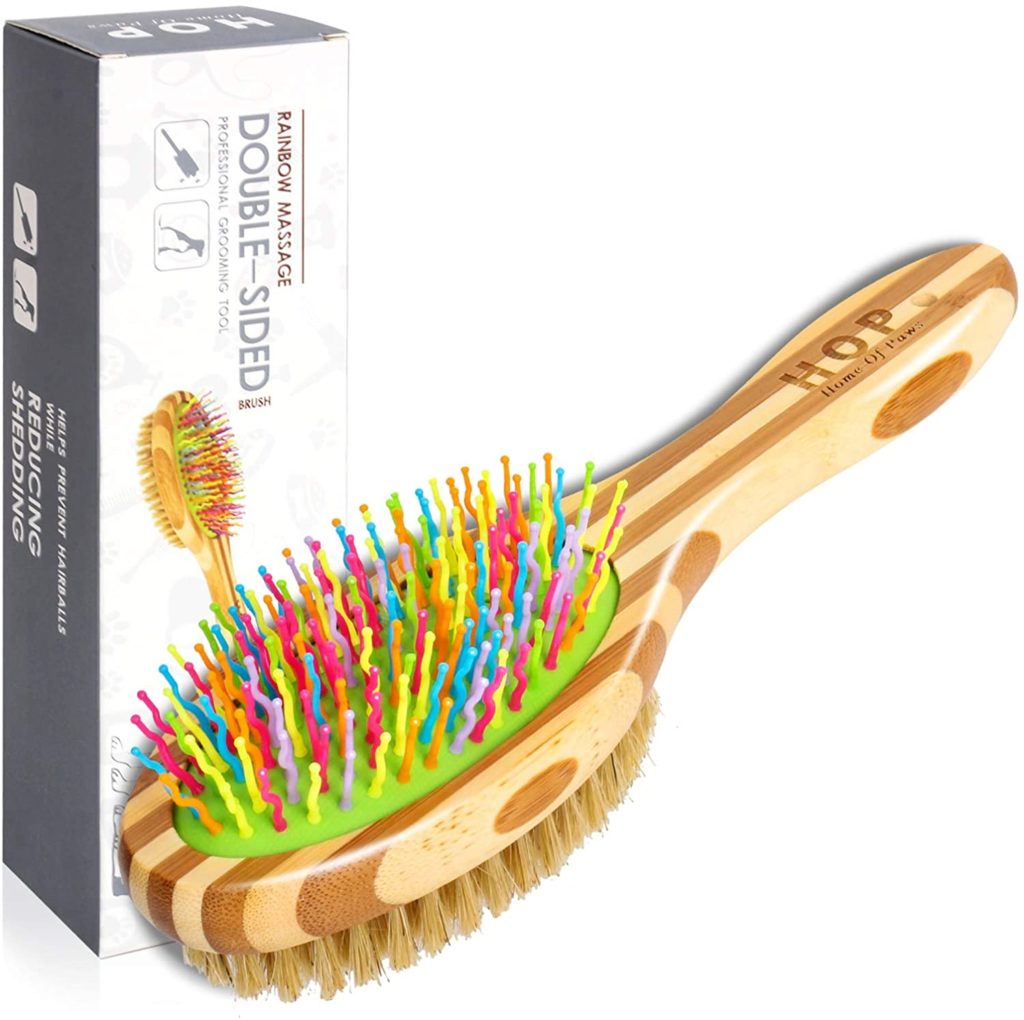
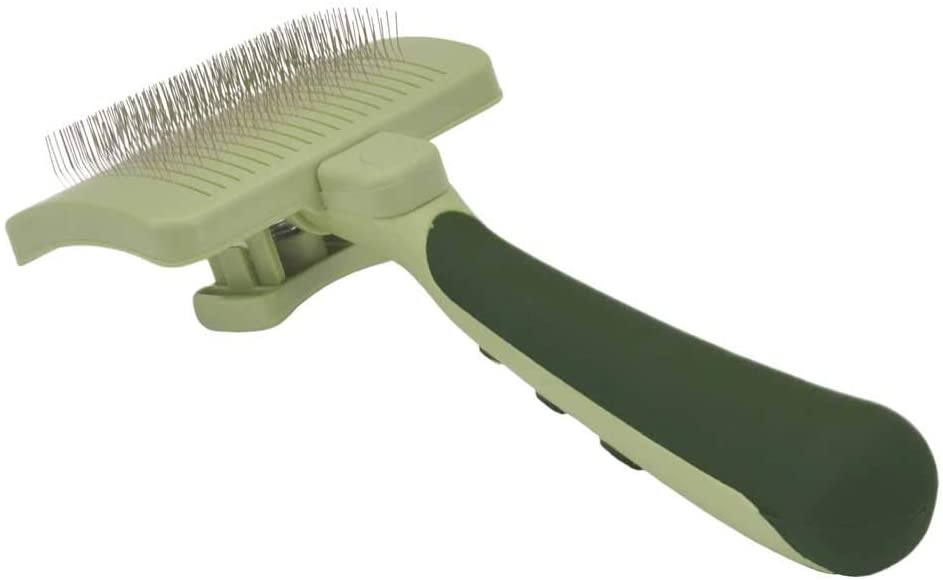
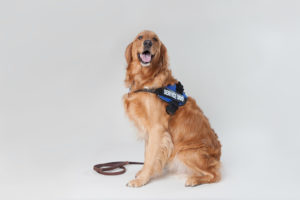

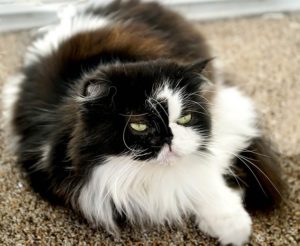

No comment yet, add your voice below!